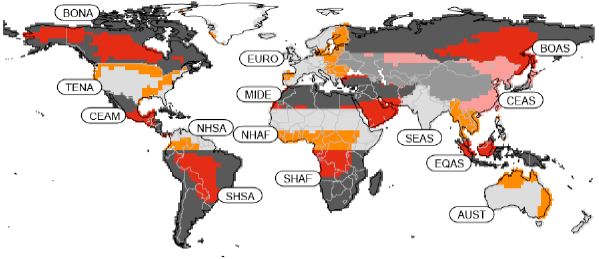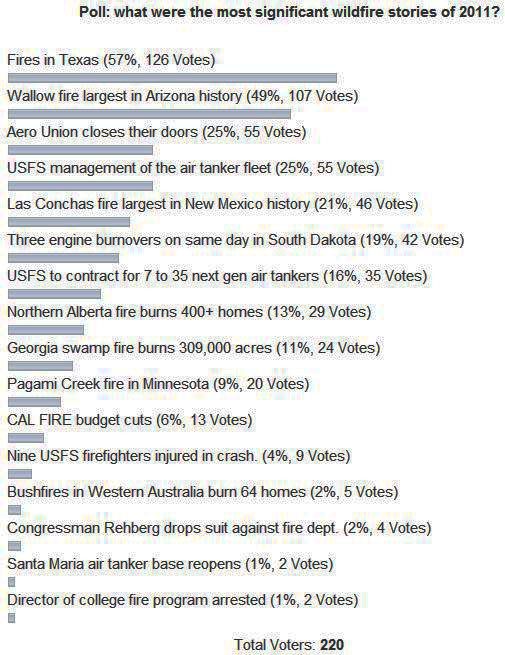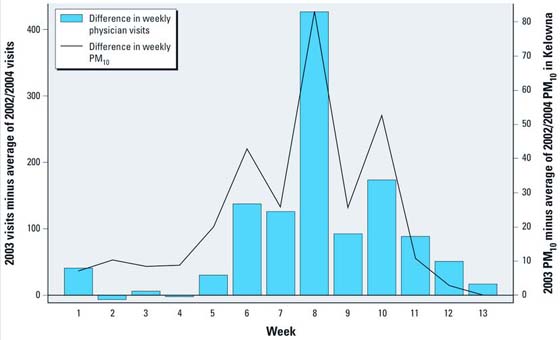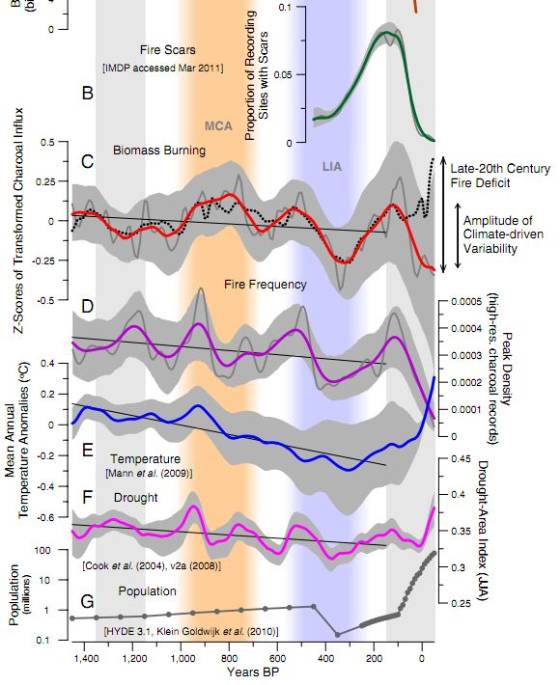Rocky Barker, a writer for the Idaho Statesman and author of Scorched Earth: How the Fires of Yellowstone Changed America, co-wrote an article on the newspaper’s web site about the land management platforms of some of the candidates for President. Rick Santorum, for example, thinks the federal government should sell or transfer much of their land, and Ron Paul wants to eliminate the Department of Interior.
Check out Mr. Barker’s article, but here are a few excerpts:
–GOP presidential candidate Rick Santorum’s call to sell or transfer federally owned public lands Tuesday night in Boise earned him several rounds of applause.
–“We need to get it back into the hands of the states and even to the private sector,” Santorum told an overflow crowd at Boise’s Capital High School. “And we can make money doing it.”
–Santorum said Tuesday the nation could not afford to manage its federal estate. “The federal government doesn’t care about it, they don’t care about this land,” he said. “They don’t live here, they don’t care about it, we don’t care about it in Washington. It’s just flyover country for most of the bureaucrats in Washington, D.C.”
–Rep. Ron Paul has called for eliminating the Department of Interior, which manages more than 500 million acres of public land and a big chunk of Idaho, almost two-thirds of which is owned by the federal government. “I’d rather see the land owned and controlled by the states,” Paul told a crowd in Elko, Nev., earlier this month.
–Earlier this month, Romney told the Reno-Gazette Journal that he didn’t know why the federal government owned all the land and that he hadn’t studied the transfer issue. “But where government ownership of land is designed to satisfy, let’s say, the most extreme environmentalists, from keeping a population from developing their coal, their gold, their other resources for the benefit of the state, I would find that to be unacceptable,” Romney said.








